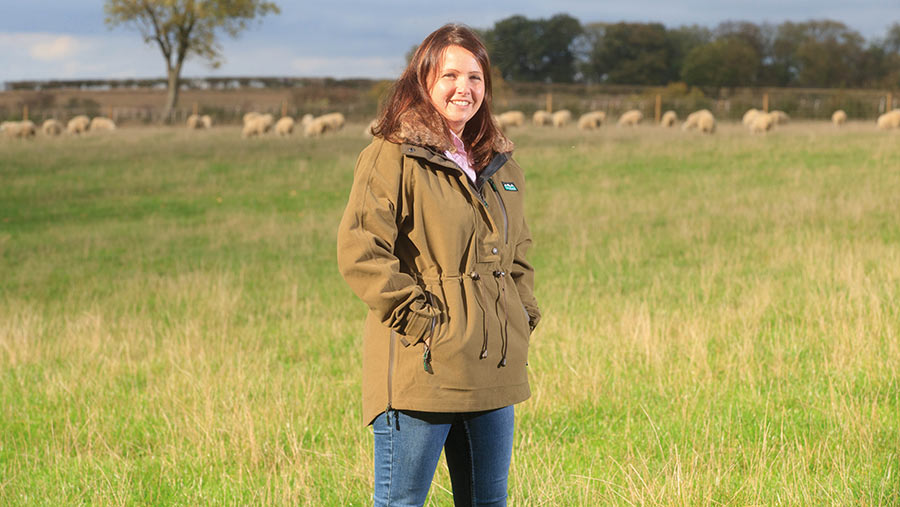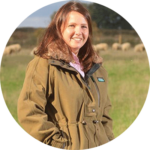Farmer Focus: Home-bred genetics starting to pay off
 © Tim Scrivener
© Tim Scrivener Lambing, a pop-up shop, catering, weekly orders and Easter orders have meant a full-on month.
Our indoor lambing flock (“B flock”) has finished lambing. We put this group to terminal sires with the aim of producing a good carcass to go through the butchery.
After a stressful start with the snow and sleet, we are extremely pleased with how lambing has gone. So far, losses from scanning to turnout are 6%.
See also: 13 tips for lambing outdoors
We aim to turn out lambs at 24-48 hours old as we strongly believe they are far better off outside.
This season, anything we considered slightly smaller or weaker went out with a fashionable lamb mac on, which just helped keep the water off their backs while they adjusted.
These lambs are growing like weeds, so the next job is to monitor worm burdens to make sure they keep growing.
Outdoor lambing is going well. We brought in a handful of ewes with weaker lambs or triplets when the wind and rain hit earlier in April.
The pens were already made up, but we are confident in our home-bred genetics now, so the rest remained outdoors.
The outdoor twin and triplet ewes stopped on turnips until the first week in March. They then came back onto grass and a small amount of sugar beet to adjust their diet slowly.
We brought the single-bearing ewes off turnips in mid-February. Last year, our error was leaving them on too long and we paid for it by having to assist a lot, as lambs were too big.
The singles that have lambed so far outdoors have all been unassisted and their lambs have lots of vigour, which is just what we want.
To help our flock performance, we record all lambs at birth and monitor weights throughout the season.
We number ewes up before we set-stock in the lambing paddocks. Each number is linked to the ewe’s tag number on our reader, making it easier to record in the lambing fields.
Being an AHDB Strategic Farm has taught us the importance of recording as much data as we can.
We don’t retain any progeny from ewes that don’t perform, and they get drafted into the B flock. This makes it harder to expand, but it’s worth it to have a better-performing flock.

